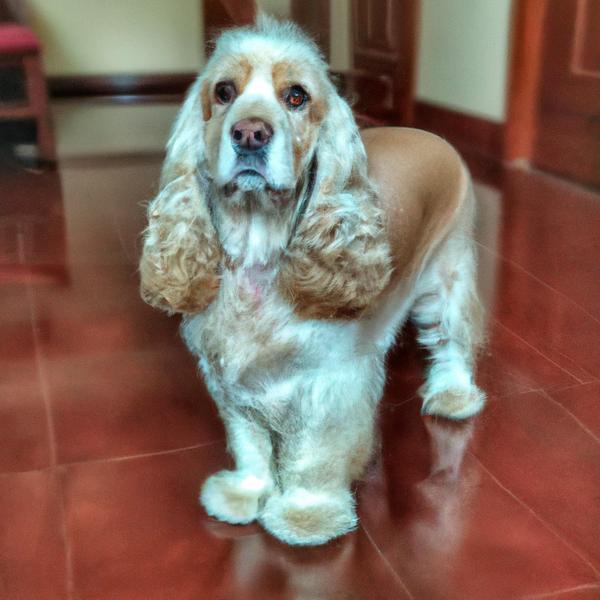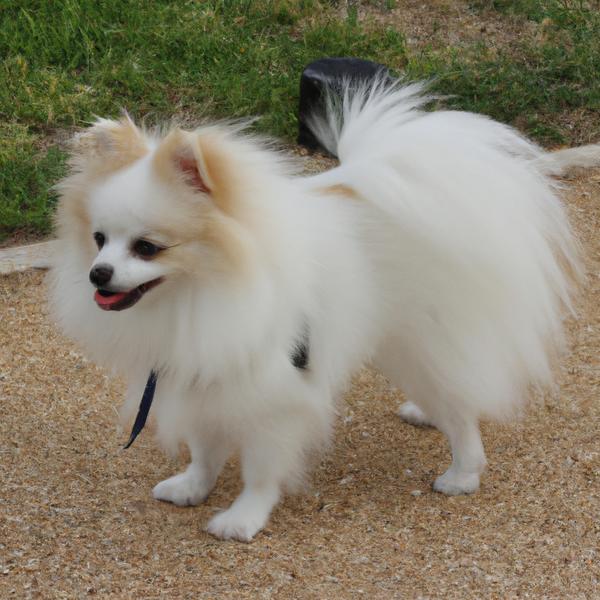Silky Cocker vs. Pom-Coton: Breed Differences and Similarities
Hypoallergenic
Are Silky Cockers or Pom-Cotons hypoallergenic, or neither?
Unfortunately, neither Silky Cocker nor Pom-Coton are hypoallergenic, which may not make them the best choice for dog lovers who suffer from pet allergies.
Temperament
What are the personalities of Silky Cocker and Pom-Coton dogs?
Active
Playful
Intelligent
Friendly
Responsive
Docile
Affectionate
Gentle
Tempered
Sweet
Trainable
Quiet
Faithful
Easygoing
Active
Playful
Intelligent
Friendly
Docile
Affectionate
Lively
Sociable
Attentive
Trainable
Vocal
Extroverted
Shedding Level
Do Silky Cockers shed more than Pom-Cotons, or which breed sheds more, Silky Cockers or Pom-Cotons?
Silky Cockers are low shedding dogs, requiring minimal coat care.
Pom-Cotons are moderate shedders, but regular brushing can reduce shedding and maintain coat health.
Watchdog Ability
Which dog breed makes a better watchdog, the Silky Cocker or Pom-Coton?
Silky Cockers aren't great guard dogs; they tend to just watch without taking action.
Pom-Cotons are decent watchdogs - they'll alert their owner if something seems amiss.
Ancestry
What are the origins of Silky Cocker and Pom-Coton breeds?
Maltese and American Cocker Spaniel
Pomeranian, Coton de Tulear
Breed recognition
Which kennel clubs recognize/register Silky Cocker and Pom-Coton?
ACHC = American Canine Hybrid Club
DBR = Designer Breed Registry
DDKC = Designer Dogs Kennel Club
DRA = Dog Registry of America, Inc.
IDCR = International Designer Canine Registry®
ACHC = American Canine Hybrid Club
DBR = Designer Breed Registry
DDKC = Designer Dogs Kennel Club
DRA = Dog Registry of America, Inc.
IDCR = International Designer Canine Registry®
Date of Birth
When were Silky Cocker and Pom-Coton breeds first developed?
Unknown
Eye Color Possibilites
What are the eye colors of Silky Cocker and Pom-Coton dogs?
Brown
Brown
Nose Color Possibilites
What are the natural nose colors of Silky Cocker and Pom-Coton?
Black
Brown
Black
Coat Color Possibilites
What are the natural colors of the coat for Silky Cocker and Pom-Coton breeds?
Black
Red
Cream
Brown
Black
Brown
Red
Cream
Fawn
Sable
Brindle
White
Blue
Coat Length
What is the typical coat length for Silky Cocker and Pom-Coton breeds?
The coat of Silky Cocker and Pom-Coton dogs is longer than that of the typical dog.
Coat Density
What is the density of the coat of Silky Cocker and Pom-Coton?
Coat Texture
What is the hair texture of Silky Cocker and Pom-Coton?
Wavy
Straight
Litter Size
What is the usual litter size for Silky Cocker and Pom-Coton?
A Silky Cocker can have a litter of 6-8 puppies on average. However, it's worth noting that the size of the litters can vary greatly. Factors that can influence litter size include the health of the mother, breeding history, and genetics.
A Pom-Coton can have a litter of 4-6 puppies on average. However, it's worth noting that the size of the litters can vary greatly. Factors that can influence litter size include the health of the mother, breeding history, and genetics.
Adaptability
Silky Cocker and Pom-Cotons are known for their adaptability and versatility. They are capable of adapting well to a wide range of lifestyle changes and living environments, making them great companions for families and individuals of all lifestyles.
Health Issues
Between Silky Cocker and Pom-Coton, which breed is more prone to health problems?
Silky Cocker and Pom-Coton breeds are generally considered to be healthy. However, like all breeds, they are susceptible to certain health issues and it is important to keep an eye out for them and address them with your veterinarian as needed.
Major Concerns
What are the major health concerns for Silky Cocker and Pom-Coton breeds?
Cataracts
Retinal Dysplasia
Seborrhea
Skin Problems
Patent Ductus Arteriosus
Obesity
Pateller Luxation
Patent Ductus Arteriosus (PDA)
Cerebellar Abiotrophy (Ataxia)
Minor Concerns
What minor health issues should be kept in mind when owning Silky Cocker and Pom-Coton?
Entropion
Ectropion
Corneal Erosion
Phosphofructokinase Deficiency
Mono/Bilateral Cryptorchidism
Hydrocephalus
Skin Fold Dermatitis
Dental Disease
Portosystemic Shunt
Shaker Dog Syndrome
Mono/Bilateral Cryptorchidism
Hydrocephalus
Tracheal Collapse
Sick Sinus Syndrome
Occasional Tests
What occasional tests are recommended for Silky Cocker and Pom-Coton breeds?
X-Rays
Dental Examination
Physical Examination
Eye examination
Blood Tests
Complete Blood Count
Internal Imaging (x-ray, CT scan, MRI, etc.)
Blood And Urine Analysis
Full Body Physical Examination
Eye Examinations (both internal as well as external)
X-rays of various parts of the skeletal system
Energy
How do the energy levels of Silky Cockers and Pom-Cotons compare?
For those who lead a balanced lifestyle, Silky Cocker and Pom-Coton breeds may be a good choice as they have an average energy level.
Social Needs
Silky Cocker vs Pom-Coton social needs comparison
Silky Cocker and Pom-Coton have very high social needs. These needs include regular mental and physical stimulation, a job or purpose, and companionship. They thrive in environments where they have a lot of interaction with humans and other dogs.
Exercise Needed
Silky Cocker vs Pom-Coton exercise need comparison.
The Silky Cocker and Pom-Coton breeds require a moderate amount of physical activity to maintain a healthy lifestyle. They are ideal for people who have a moderate amount of time to devote to their pets and enjoy regular physical activity themselves. They also make great family pets as they have the energy to keep up with children and the temperament to be great companions.
Sleeping Need
Which of the two sleeps the most/least: Silky Cocker or Pom-Coton?
Silky Cockers sleep less than other breeds but still need adequate sleep for good health.
Pom-Cotons have moderate energy levels and typical sleep patterns of 12-14 hours per day.
Tendency to Bark
Do Silky Cockers or Pom-Cotons bark more/less frequently?
Silky Cockers bark moderately when necessary and may also bark due to certain triggers like fear, alarm, boredom, greeting, separation anxiety and compulsive barking.
Pom-Coton dogs are generally less vocal than other breeds and only bark when necessary, such as to alert their owner or communicate.
Mouthiness
Mouthiness Comparison: Silky Cocker vs Pom-Coton?
Roaming urge
Silky Cocker vs Labrador: Running away tendency?
Prey Drive
Silky Cocker or Pom-Coton - which breed has a higher level of prey drive?
Activity Level
Which breed has higher energy, Silky Cockers or Pom-Cotons?
Both Silky Cocker and Pom-Coton are medium-energy dogs that enjoy socializing and playing with other dogs. They may engage in casual or sustained games of chase, and occasionally have bursts of barking or racing around the house.
Tolerance of being left alone
Walks per Week
How many miles should Silky Cocker or Pom-Coton walk each week?
There's really no limit to how far you walk your dog as long as they're comfortable. For Silky Cocker, it's at least 7 miles / week. Just remember to build distance and stamina gradually over time.
There's really no limit to how far you walk your dog as long as they're comfortable. For Pom-Coton, it's at least 5 miles / week. Just remember to build distance and stamina gradually over time.
Activity per Day
Do Silky Cockers or Pom-Cotons require more exercise?
In general most Silky Cockers usually need at least 60 minutes of exercise daily. This can be spread across the day and include all sorts of high-energy activities, like walking, running and playing.
In general most Pom-Cotons usually need at least 45 minutes of exercise daily. This can be spread across the day and include all sorts of high-energy activities, like walking, running and playing.
Grooming
Which breed is easier to maintain in terms of grooming, Silky Cockers or Pom-Cotons?
The Silky Cocker requires an average amount of grooming compared to other breeds.
Pom-Cotons require significant grooming, including regular trims and professional grooming assistance to maintain their coat. They may also require frequent bathing to keep their coat and skin healthy.
Brushing Frequency
What is the recommended brushing frequency for Silky Cocker and Pom-Coton dogs?
Ideally, both Silky Cocker and Pom-Coton should be brushed at least 2 or 3 times a week (preferably daily) to improve shedding.
Brushing Tools
What brushing tools are used for Silky Cockers and Pom-Cotons?
Slicker Brush
Comb
Deshedder
Nail Clipper
Pin Brush
Dematter
Deshedder
Nail Clipper
Cups
How much food should be given to Silky Cocker or Pom-Coton in cups?
Silky Cocker and Pom-Coton share the same recommended daily food intake of 1 cups, although the appropriate quantity may vary depending on the quality and nutritional content of their food.
Daily Cost
Which breed has a higher daily cost, Silky Cocker or Pom-Coton?
Silky Cocker and Pom-Coton have a similar average daily cost of around $1.10 - $1.40.
Monthly Cost
Which breed has a higher monthly cost, Silky Cocker or Pom-Coton?
When it comes to monthly expenses, both Silky Cocker and Pom-Coton have a similar average cost, ranging from $35 - $42. This results in an average yearly cost of around $420 - $504.
Intelligence
Comparing Intelligence: Silky Cockers vs Pom-Cotons
Silky Cockers are average in obedience intelligence but have a high IQ and may cause trouble if left unsupervised.
Pom-Coton is a very intelligent and trainable breed.
Sensitivity Level
How do Silky Cocker and Pom-Coton compare in sensitivity?
These dog breeds are particularly attuned to its environment and the emotions of those around it. Silky Cocker and Pom-Coton can be easily overwhelmed by loud noises, new environments, unfamiliar people, or animals. This dog breed is best suited for individuals or families who are patient, gentle, and understanding of its sensitive nature. It may also benefit from a calm and stable home environment, with a consistent routine and plenty of positive reinforcement training.
Affection Dependance
Which is the more affectionate dog breed: Silky Cocker vs Pom-Coton?
Apartment Friendly
Which breed is more apartment-friendly: Silky Cocker or Pom-Coton?
Silky Cockers and Pom-Cotons are known for being excellent apartment dogs. They are fairly active indoors and will do okay without a yard.
Child Friendly
Do Silky Cockers or Pom-Cotons have a friendlier temperament towards children?
Silky Cockers make excellent family pets for kids due to their gentle, protective nature and calm temperament.
Pom-Cotons have an average level of friendliness towards children.
Senior-friendly
Which dog is more suitable as a pet for the elderly - Silky Cocker or Pom-Coton?
Cat Friendly
Do Silky Cocker or Pom-Coton breeds have a better compatibility with cats?
Silky Cockers and Pom-Cotons are very cat friendly dogs. They generally make good companions for cats.
Dog Friendly
Which breed is more sociable with other dogs: Silky Cocker or Pom-Coton?
Silky Cockers are generally very friendly towards other dogs, with a happy and affectionate temperament.
Pom-Cotons are friendly and active companions, and can be good family pets, though their friendliness towards other dogs may vary.
Pet friendly
How do Silky Cocker or Pom-Coton dogs interact with other pets?
Stranger Friendly
Which breed is more friendly with strangers: Silky Cocker or Pom-Coton?
Silky Cockers are friendly but may bark at strangers, and training is easy due to their intelligence.
Pom-Cotons are averagely friendly around strangers but benefit from early socialisation.
Playfulness
Which breed is more playful between Silky Cocker and Pom-Coton?
Silky Cocker and Pom-Coton are playful dogs. So, no matter how busy the day may get, the best thing you can do for Silky Cocker and Pom-Coton is to make time each day to play. It can be as little as 15-20 minutes, and it will mean the world to them.
Trainability
How do the trainability levels of Silky Cockers and Pom-Cotons compare?
Silky Cocker and Pom-Coton dogs are known for their ease of training and ability to learn quickly, making them a popular choice for pet owners and trainers alike.
Compare Silky Cocker with other breeds
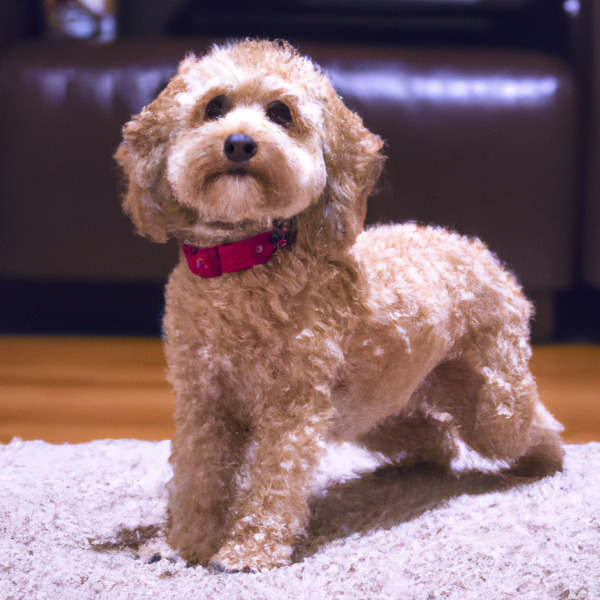
Doxiepoo
Silky Cocker vs Doxiepoo
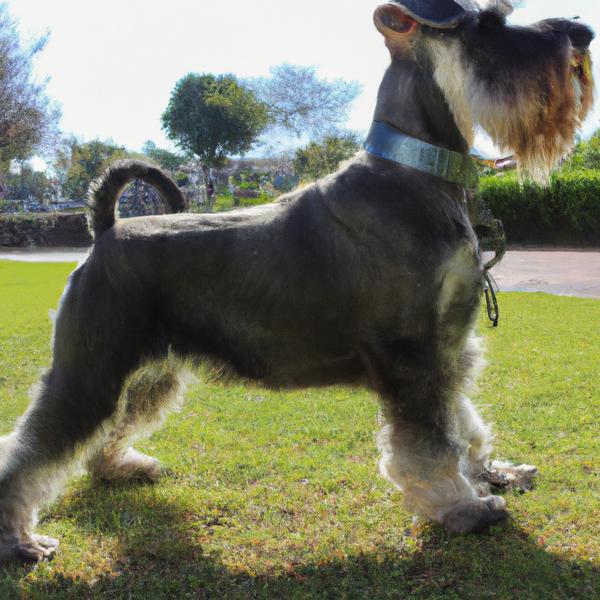
Mini Wire Hair Snauzer
Silky Cocker vs Mini Wire Hair Snauzer
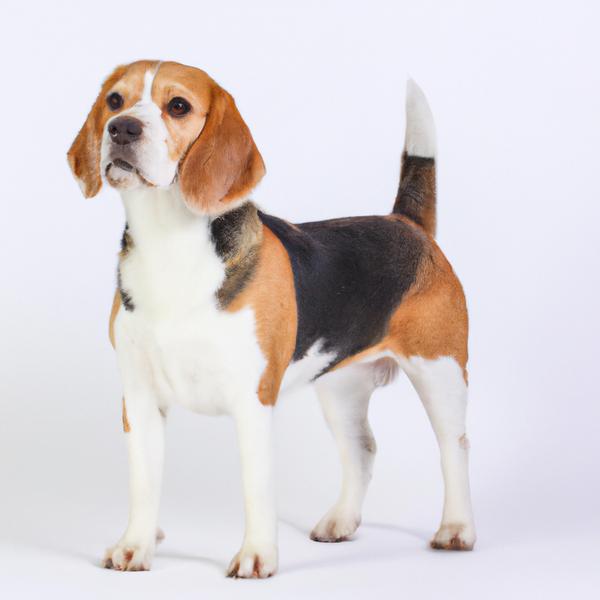
Shi-Beagle
Silky Cocker vs Shi-Beagle
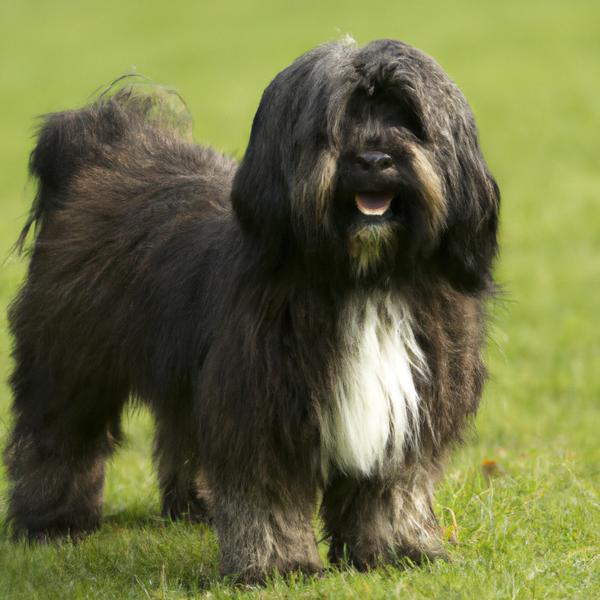
Lowchen
Silky Cocker vs Lowchen
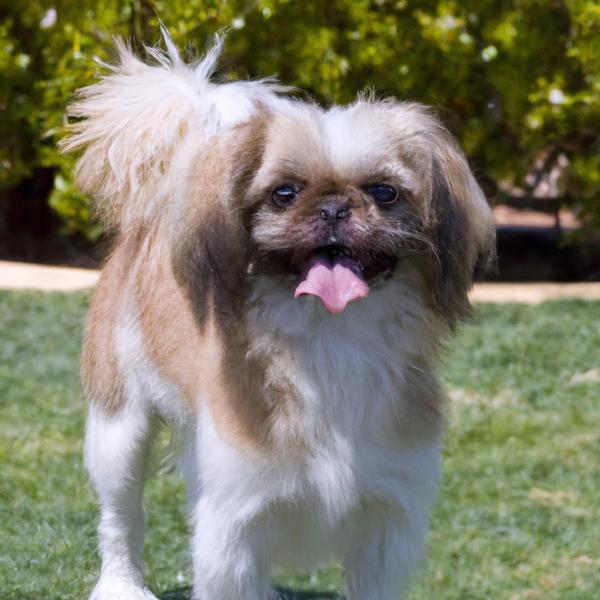
Peke-A-Chon
Silky Cocker vs Peke-A-Chon
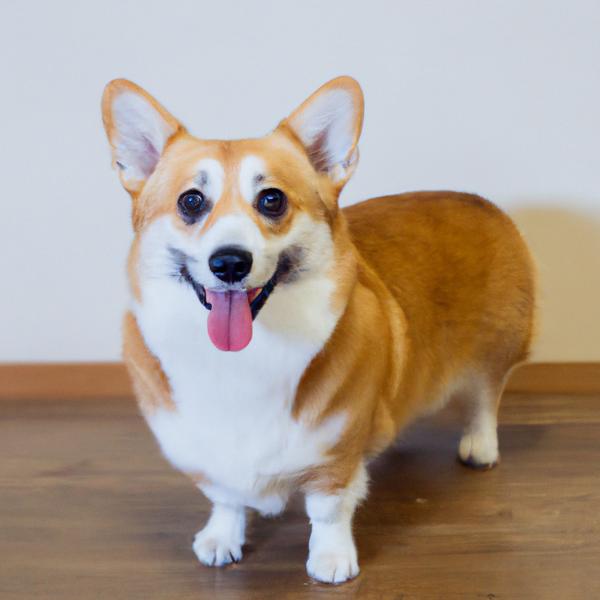
Pembroke Welsh Corgi
Silky Cocker vs Pembroke Welsh Corgi
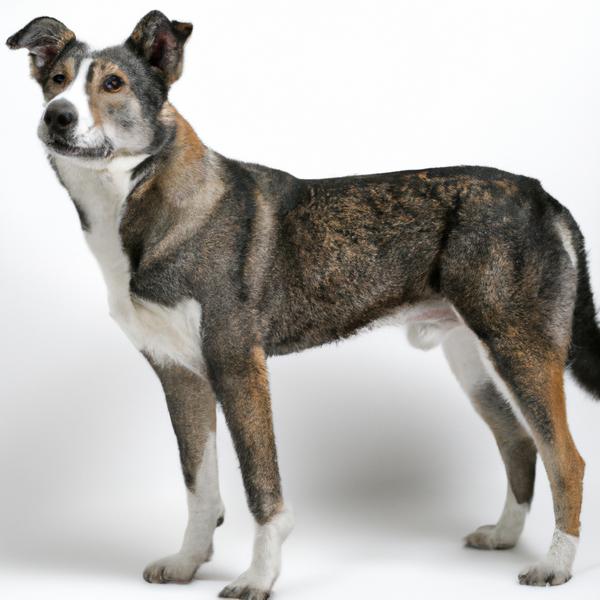
Soft Coated Woxer
Silky Cocker vs Soft Coated Woxer
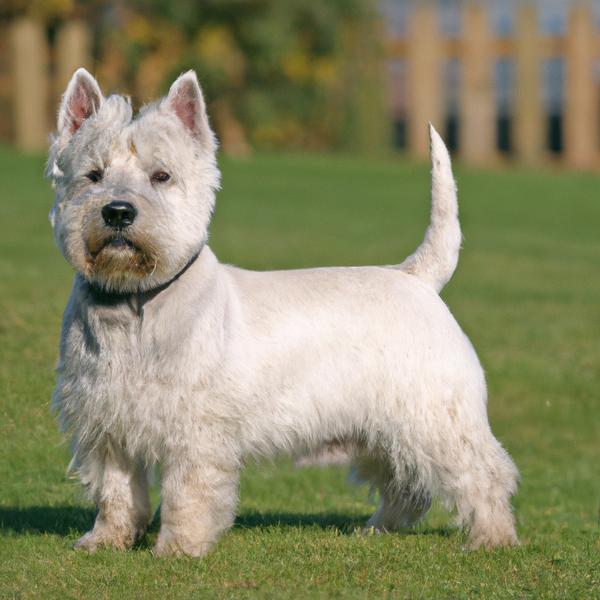
Jack Highland Terrier
Silky Cocker vs Jack Highland Terrier
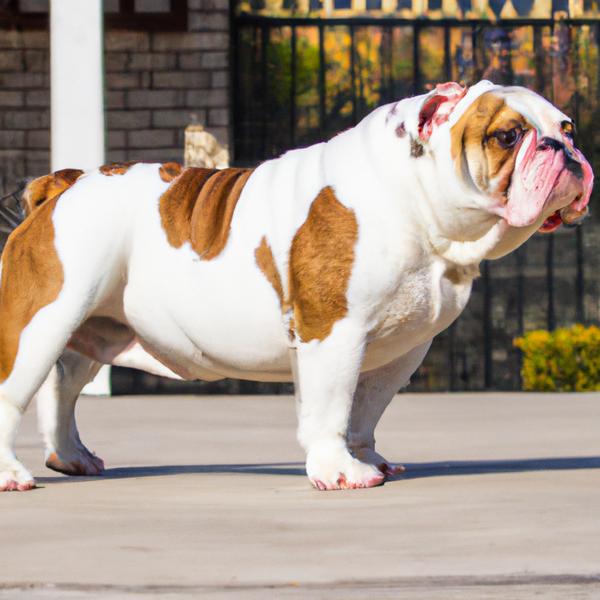
English Neo Bull
Silky Cocker vs English Neo Bull
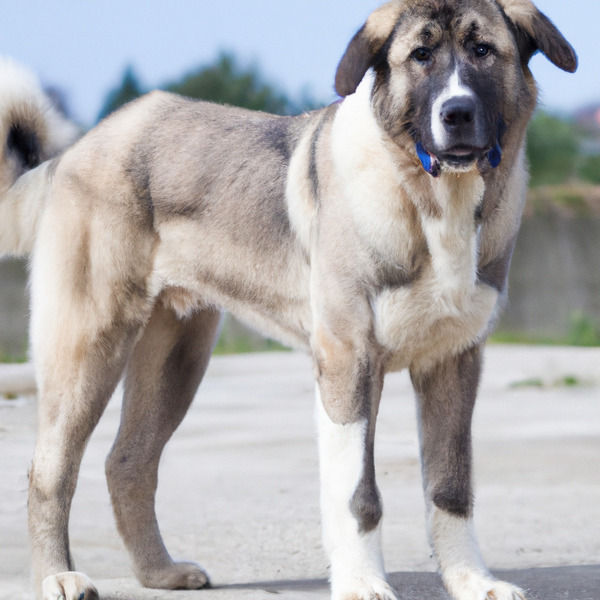
Kangal
Silky Cocker vs Kangal
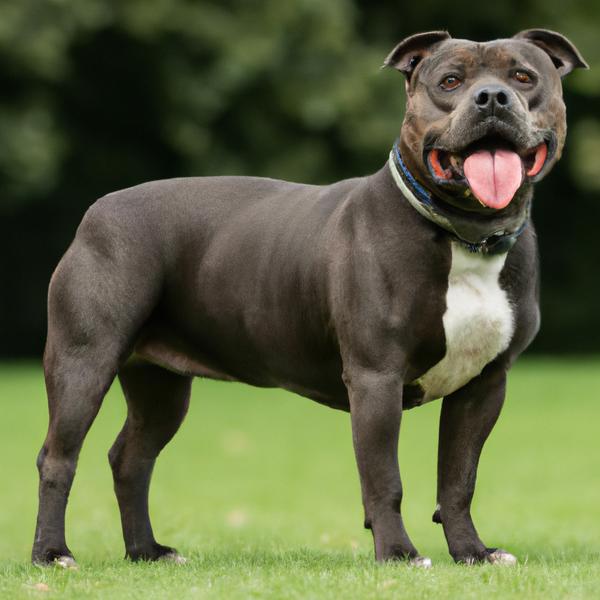
American Bully Staffy Bull Terrier
Silky Cocker vs American Bully Staffy Bull Terrier
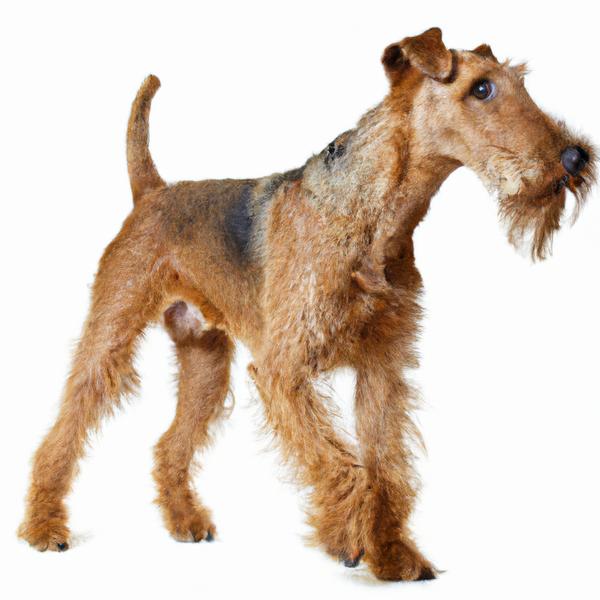
Irish Terrier
Silky Cocker vs Irish Terrier
